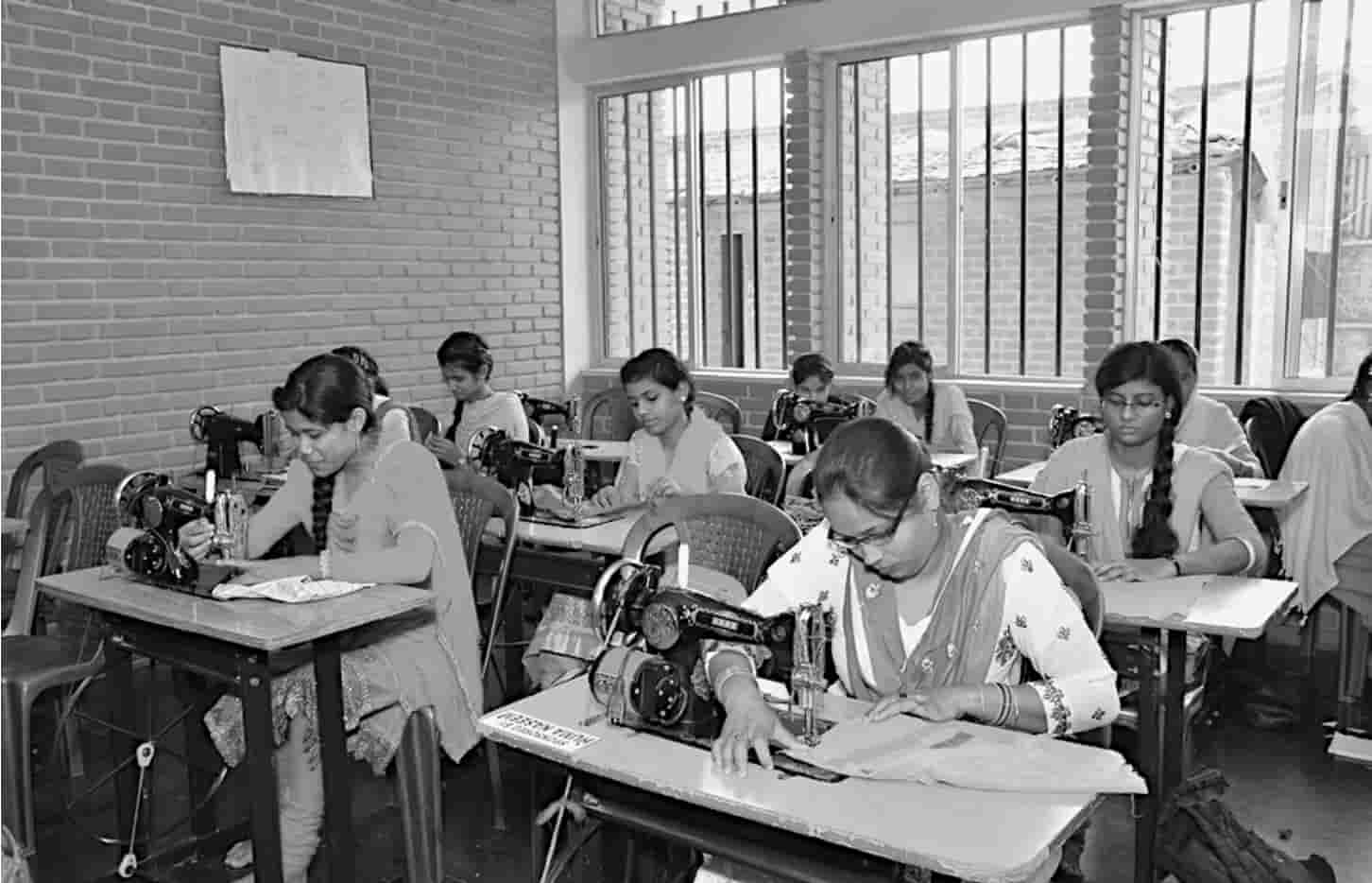India is a young nation with the median age of 28.4 years and increased life expectancy over the decades. This advantage carries a huge potential to bring prosperity in a nation which focuses on capacity building of youth – with equity.
India has realized this compelling need and mapped associated opportunities at the earliest, way back to the beginning of this century. The government has shown fair inclination towards skilling, reskilling and upskilling the youth that match with their aspirations and industrial needs at the same time. Establishment of National Skill Development Corporation is an example of the promptness of the Government of India. But here challenges come into the picture as India has a sizably large population out of the work force participation, gender disparity has a different story – despite of almost matching employability factor of men (47.39%) and women (45.6%), participation of women at work shrink to one-fourth to the men as per the India Skill Report 2019, same report further states that 68.3% of urban women graduates do not have paid jobs whereas 67% rural women graduate do not work. On the other hand, there are significantly a large population of working age adolescent (15 – 19 years) who have to discontinue educational pursuit for some grave reasons like extreme poverty, natural disaster or untimely death of the sole bread earner of the family which pushes adolescent to earn livelihood for self and the family. These situations put adolescents in castaway which at times lead to crime or to become fall prey of the traps. Apart from the situational circumstances, access to the skill center is another big void for India as most of the skill training centers which imparts 21st century skills are located at the heart of the cities, this eventually hinders the reach for rural youth. Like these, several other voids are quite visible and precisely some gray areas where the Governments, National Skill Development Corporation, skill training agencies and civil societies engaged in skill training interventions should focus and pay more attention to ensure opportunity with equity.
A perfect blend of knowledge and skills can effectively fill these voids. Power of partnership among stakeholders, institutional tie-up, industry-led training and collaboration of civil society organizations with corporates have potentials to garner the accurate need and hence can be a smooth way to reach out the neediest at the bottom of the pyramid.
On the other hand, a mismatch between the availability of skill training courses and youth's aspirations has been observed which reflects in terms of poor retention rate among employees who have secured jobs after receiving the skill training. India cannot afford the repetition of similar mistakes by linking skill to the sole purpose of getting jobs as it eventually happened with formal education. There are a lot more opportunities to explore by attaining futuristic skills – letting youth to live their own aspiration is one of these. Youth’s aspiration matters and hence that quotient must not be ignored in the hoard of demand-supply based skill training facilities.
India with its youth dividend advantage for the next two decades have no other choice than to equip youth with diversified sectoral need-based skills as well as entrepreneurial skills to live the dream of a youth-driven prosperous nation, giving a fair and equal opportunity to every aspiring youth. The clock is ticking.


.png)
_(2).png)
.png)
_(Banner_(Landscape))_(Blog_Banner).png)
.png)